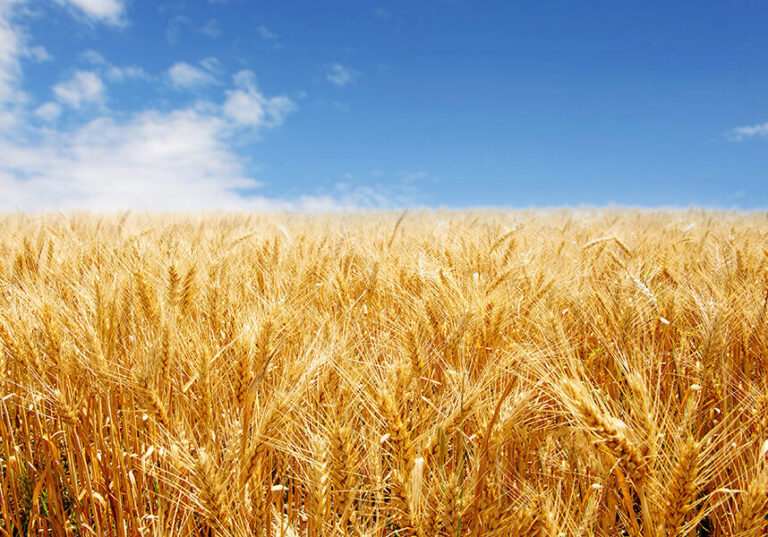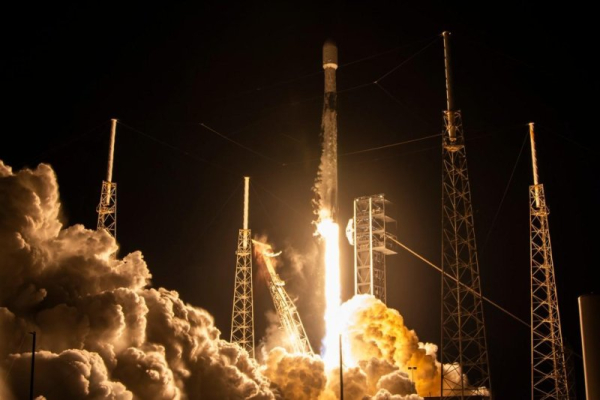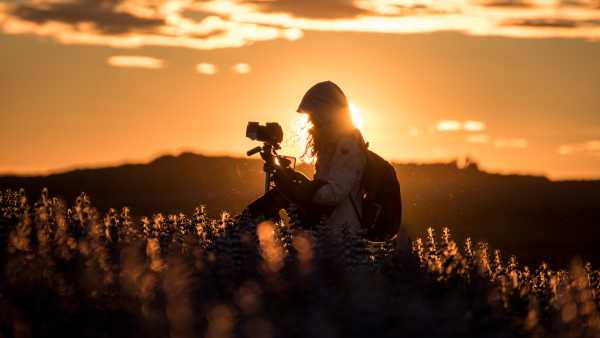
(Image credit: Getty Images) Jump to:
Whether you're shooting a starry sky, a bird in motion, or the bustle of a city, light is the foundation of any shot. Controlling the amount of light reaching your sensor is a key element of photography, and that's where the exposure triangle comes in. Learn how to improve your star or wildlife shots with this simple principle.
What is the exposure triangle?
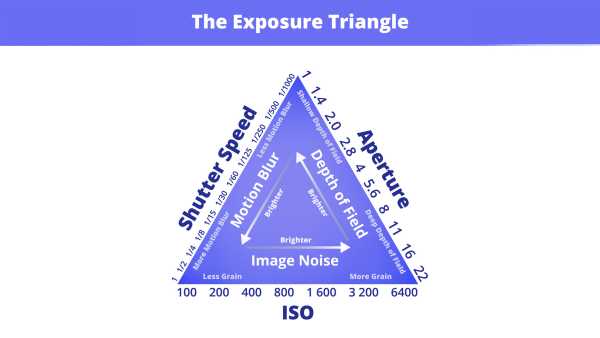
The basis of the exposure triangle is formed by three parameters: aperture, shutter speed and ISO sensitivity.
This concept combines three key settings: shutter speed, aperture, and ISO.
They interact like the legs of a tripod: changing one parameter requires adjusting the others to achieve the ideal result. Once you master their relationship, you can independently control each element manually, avoiding the camera's automatic settings.
You may like
-
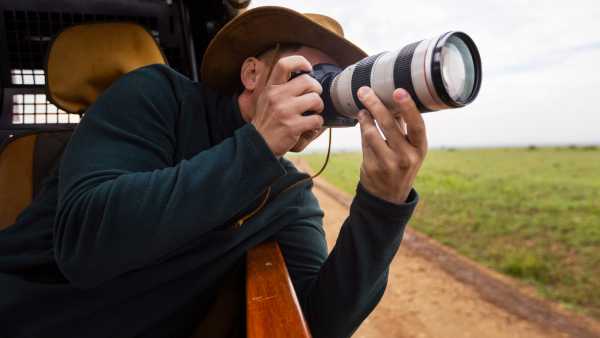
Top 5 Mistakes Wildlife Photographers Make and How to Avoid Them
-
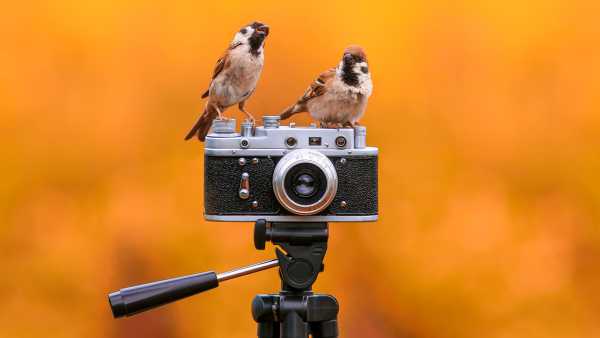
Five Effective Tips for Photographing Wildlife Without Professional Equipment
-
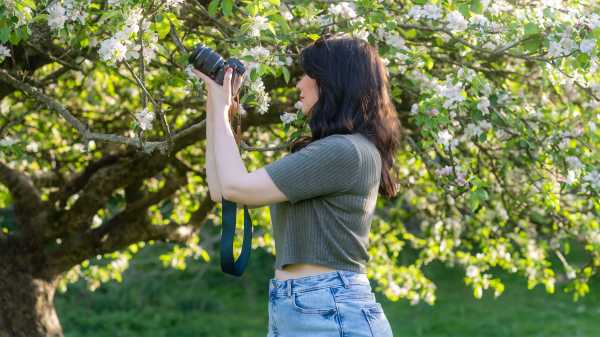
The Best Budget Mirrorless Cameras of 2025 for Beginners
ApertureImage 1 of 3
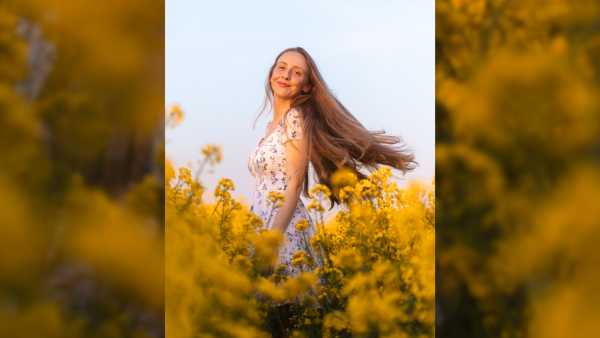
A wide aperture (e.g. f/1.8) effectively isolates the subject. The focus is on the model, while the foreground flowers create an artistic blur. | Equipment: Sony A7R V with Sony FE 85mm f/1.8. Settings: f/1.8, 1/1250 sec, ISO 100. (Credit: Kimberley Lane)
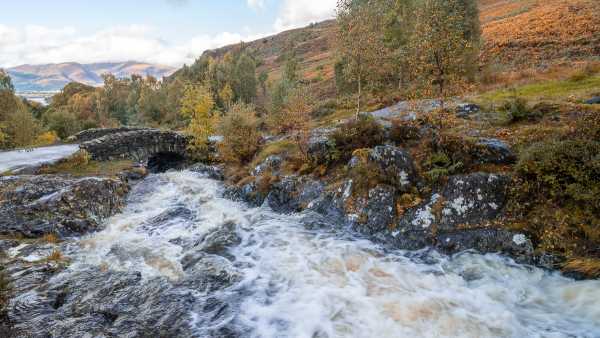
For landscapes, a narrow aperture (like f/13) keeps the entire scene sharp. | Equipment: Sony A1 with Sony FE 12-24mm f/2.8 GM. Settings: f/13, 1/40 sec, ISO 320. (Credit: Kimberley Lane)
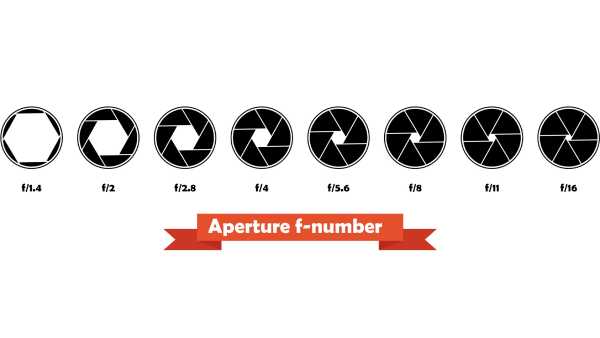
Lower f-numbers let in more light. (Source: Getty Images)
The aperture determines the size of the opening in the lens, regulating the flow of light to the sensor. Its operation is similar to the pupil of the eye, which expands in low light. Premium lenses usually have the ability to set a larger aperture.
Aperture values are indicated by f-numbers (f/1.8, f/5.6, etc.). Small numbers (e.g. f/1.8) are good for low-light photography, providing a shallow depth of field. Large numbers (e.g. f/16) keep the entire scene sharp, but may cause slight blurring due to diffraction.
When shooting portraits, a wide aperture separates the subject from the background, creating a bokeh effect. A narrow aperture is relevant for landscapes, but excessive clamping leads to a decrease in clarity even with precise focus.
Macro photography complicates the balancing act: even at f/16, depth of field remains minimal due to the closeness to the subject, and the lack of light requires a careful approach to settings.
ExcerptImage 1 of 2
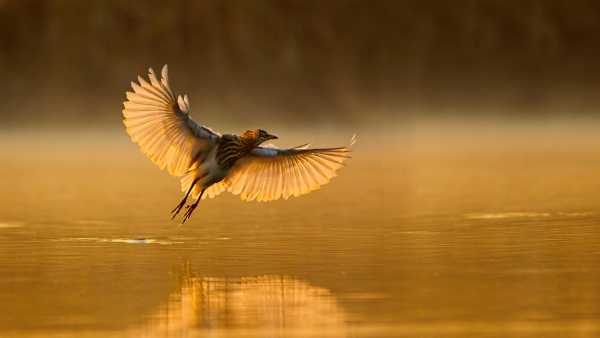
A fast shutter speed (1/1000 sec and above) freezes dynamic scenes, such as birds in flight. A wide aperture is useful here to conserve light. (Source: Getty Images)
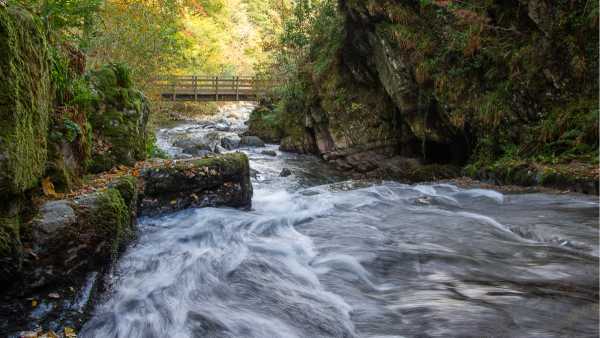
A slow shutter speed (like 1/6 sec) captures the movement of the water. | Equipment: Canon EOS 60D with Sigma AF 18-50mm f/2.8. Settings: f/20, 1/6 sec, ISO 100. (Credit: Kimberley Lane)
Let's compare two frames: at f/1.8 with a shutter speed of 1 second, the image is brighter than at f/16 with the same shutter speed, due to greater light transmission.
Shutter speed is measured in seconds or fractions thereof. Short values (1/1000 sec) “freeze” movement, long ones (from 1 sec) create blur for artistic effect, for example, in night landscapes.
- Example: When photographing a sunset, decreasing light requires increasing shutter speed, but this can cause blur. The solution is to widen the aperture if your lens allows it.
However, a creative approach allows for experimentation: a slightly increased shutter speed when photographing birds conveys the dynamics of the wings while maintaining the sharpness of the body. The emotional component of a photo is sometimes more important than technical perfection.
ISOImage 1 of 3
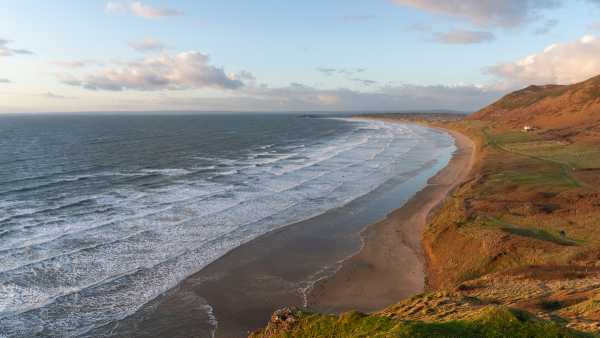
In bright light, use a low ISO (like 200). | Equipment: Sony A6300 with Sony E 16-55mm F2.8 G. Settings: f/10, 1/60 sec, ISO 200. (Credit: Kimberley Lane)
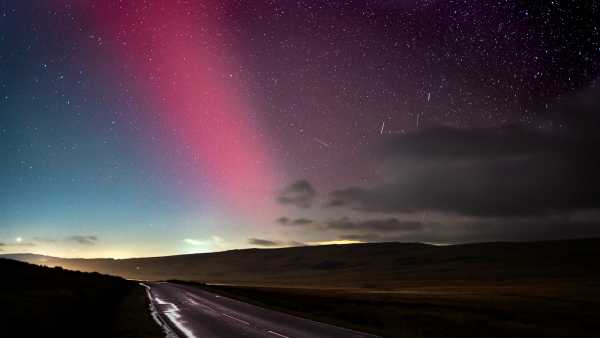
Astrophotography requires a high ISO (like 2000) due to the low light. | Equipment: Sony A7 IV with Sony FE 35mm f/1.8. Settings: f/1.8, 10 sec, ISO 2000. (Credit: Kimberley Lane)
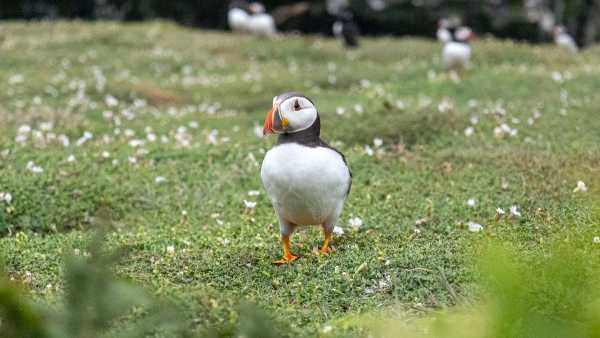
Increasing the ISO too high (like 12,800) causes noticeable digital noise. | Gear: Canon EOS R5 II with Canon RF 24–105mm F4-7.1 IS STM. Settings: f/7.1, 1/4000 sec, ISO 12,800. (Credit: Kimberley Lane)
ISO controls the sensor's sensitivity to light. Low values (100-200) are ideal for bright conditions, preserving detail. High values (from 3200) increase noise, which is critical for astrophotography.
- Continuing with the example, when shooting wildlife at twilight, increasing the ISO compensates for the lack of light after adjusting the aperture and shutter speed.
Refusal of a car
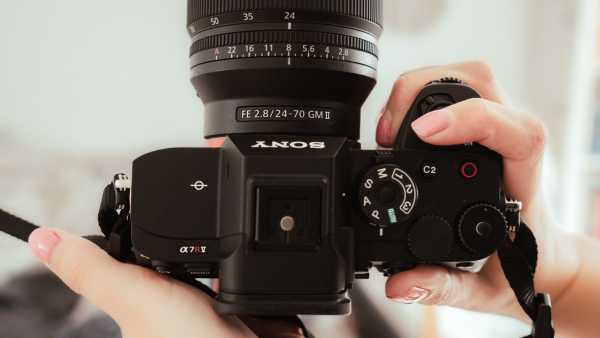
To switch to manual control, use aperture priority (A/Av) or shutter priority (S/Tv) modes, which make it easier to master the settings.
If full manual mode seems complicated, automatic (Auto mode) is suitable for everyday shooting. However, semi-automatic modes allow you to gradually learn the relationship between the settings.
In aperture priority mode, you control the f-number, the camera selects shutter speed and ISO. In shutter priority mode, it's the other way around. These modes train your understanding of exposure, especially when the automatics make mistakes.
Full manual mode (M) gives you absolute control. Use the histogram on the display to check exposure, avoiding blown highlights or dark shadows.
Choice for beginners
Canon EOS R8
$1,399 USViewSee all prices
Canon RF 24-105mm f/4-7.1 IS STM
$423.88See all pricesWe check over 250 million products every day to find the best pricesFeatured Gear

Gear affects exposure quality. | Gear: Sony A7 IV with Sony FE 85mm f/1.8. Settings: f/7.1, 1/160 sec, ISO 100.
Lenses: For low-light photography, wide aperture lenses are important (f/1.8 for astrophotography, f/2.8 for wildlife). Fast lenses allow for fast shutter speeds to freeze movement.
Cameras: Models with separate dials for settings simplify manual control. High ISO performance is important for astrophotography, while shooting speed and resolution are important for wildlife.
The best in their field:
Nikon Z8
$3,999.95 $3,696.95 ViewView all prices
Nikon Z 70-200mm f/2.8 VR S
$2,696.95 $2,296.95 ViewSee all prices We check over 250 million products every day to find the best prices
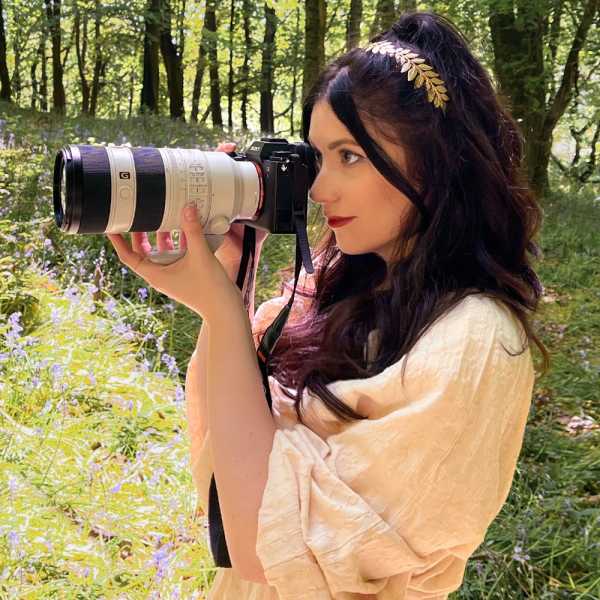
Kimberly Lane, Social Link Navigator, E-Commerce Writer
Kimberley Lane is a camera testing expert with six years of experience in landscape, astro and portrait photography. Her work has appeared in Digital Camera World, Cosmopolitan and elsewhere. She works with Space.com and TechRadar, using professional astronomical equipment in Wales.
You must verify your public display name before commenting.
Please log out and log back in. You will then be prompted to enter a display name.
Exit Read more

Top 5 Mistakes Wildlife Photographers Make and How to Avoid Them
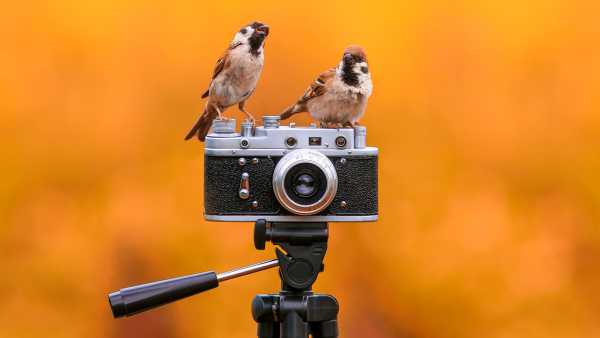
Five Effective Tips for Photographing Wildlife Without Professional Equipment
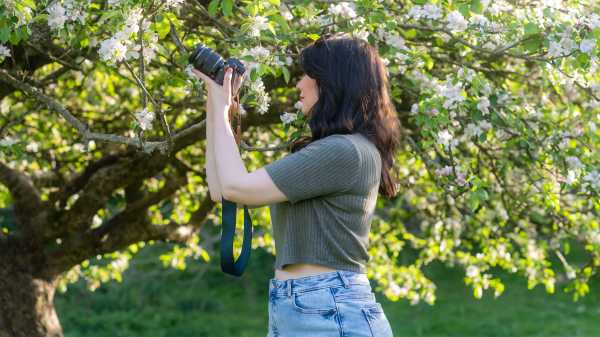
The Best Budget Mirrorless Cameras of 2025 for Beginners
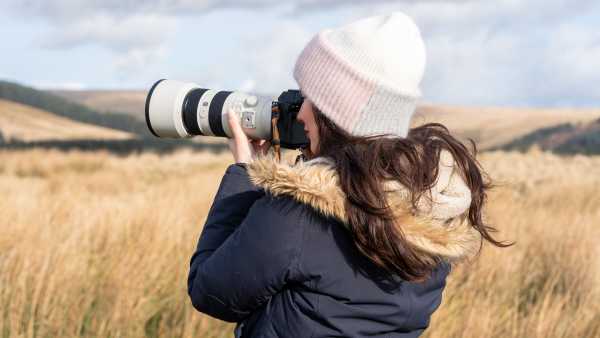
The Best Cameras of 2025
Sourse: www.livescience.com


